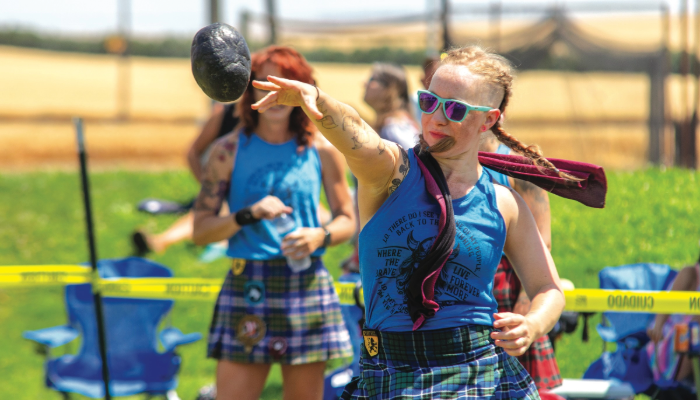Northwest Classics: Movies
Published 3:00 am Monday, December 30, 2024
Even the introduction of “The Shining” is disturbing.
Trending
First, in a handsomely shot sequence, a Volkswagen bug is noodling up the east side of Glacier Park.
It’s gorgeous filmmaking. Then, abruptly, the main character, Jack Torrance, played by Jack Nicholson, arrives at Timberline Lodge on Mt. Hood in Oregon, 650 miles and a drastic change in scenery away.
He struts into the lodge for a job interview and he’s at Elstree Studios in England.
Trending
Talk about the movie viewer getting jet lag.
After the shortest in the history of job interviews — the main question seems to be, “Do you have a pulse?” — Torrance is hired to manage The Overlook while it is shut down for the winter.
That, too, seems preposterous. The manager Ullman (Barry Nelson) says the lodge, located somewhere in Colorado (more jet lag), can’t afford to snowplow the 25 miles of road that would give skiers access in winter. If guests paid $200 a room and $50 a day for skiing (I’m thinking prices from 1980, when the film was released), and if the parking lot was full most days, the ski area would need a fleet of trucks to haul all the money to the bank.
At first, everything looks swell. Torrance brings his young wife, Wendy (Shelley Duvall), and son Danny (Danny Lloyd) to the lodge on the last day the summer staff are on site. The lodge with its old-fashioned splendor seems inviting. Glorious rooms are waiting to be explored, and Danny makes himself at home in the game room.
Soon, though, with summer staff gone, the place becomes spooky. Snow falls in prodigious quantities and begins climbing the outside walls. The phone goes out. The place is an echo chamber, and ghosts from the past fill every empty space.
The couple, Jack and Wendy, has the chemistry of a billionaire business mogul and an auditor. Jack works to “become a writer.” He gets incensed when his wife disturbs his tranquility as he taps away in his 10,000-square foot “writing room” on a manual Adler typewriter.
Torrance, though, is never shown doing any kind of hotel maintenance, the job for which he was hired.
The emotional pitch revs up as the boy reveals a gift for the psychic power of “shining.” Danny begins to see the horrors of the past, and gets premonitions of the future.
Not pleasant.
For Danny, living in the lodge becomes a nightmare. He tries to avoid the demons by watching TV cartoons and riding his tricycle down the motel hallways at breakneck speed. Home schooling can wait.
Nicholson gives a three-tourniquet (out of five) performance as the husband from hell.
The cast includes Dick Hollaran as Scatman Crothers, the head chef who also has a gift for shining and attempts to rescue Wendy and Danny from Torrance’s tyranny.
Directed by Stanley Kubrick, “The Shining” is based on a novel by Stephen King.
The plot moves slow. Maybe that is a reflection of the times. Filmed almost half a century ago, “The Shining” audience perhaps had longer attention spans than the sound bite-social media culture of today, where 10 seconds is an eternity.
Horror movies are admittedly not for everyone. If the foul-mouthed spooky dad is not enough of a turnoff, you have all the cliches: spider webs, skeletons, blood, a maze, cliffs, elongating shadows as well as a walk-in freezer that seems ready to lock in anyone who dares visit.
Moviegoers will feel as if they have ventured into the distant past. The characters at every turn encounter tiny TVs and clouds of secondhand smoke. They attempt long-distance calls on rotary-dial telephones, and they meet up with enough tacky wallpaper to cover Timberline Lodge inside and out.
“The Shining” may have put the Oregon historic landmark in the headlines. But it is not a movie you want to watch on a queasy stomach.
Reach the author at jeffp557@gmail.com.









